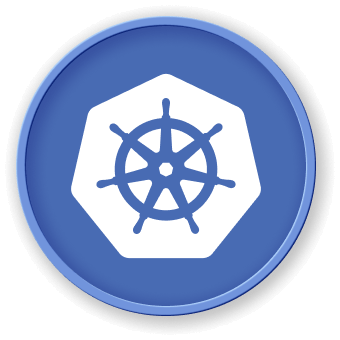Getting Started with kubectl run
kubectl run is a powerful command in the Kubernetes command-line interface (CLI) that allows you to quickly create and manage pods, deployments, and other Kubernetes resources. In this section, we'll explore the basics of using kubectl run to get started with Kubernetes.
Understanding the kubectl run Command
The kubectl run command is used to create a deployment or a pod directly on the Kubernetes cluster. It simplifies the process of creating Kubernetes resources by automatically generating the necessary configuration files and applying them to the cluster.
Syntax and Basic Usage
The basic syntax for the kubectl run command is:
kubectl run <name> --image=<image> [options]
Here, <name> is the name you want to give to the deployment or pod, and <image> is the Docker image you want to use.
Some common options include:
--port: Specify the port that the container will listen on.--replicas: Set the number of replicas (copies) of the pod to be created.--labels: Add labels to the created resource.--env: Set environment variables for the container.
Creating a Simple Pod with kubectl run
Let's create a simple pod using the kubectl run command. In this example, we'll create a pod running the nginx Docker image:
kubectl run nginx-pod --image=nginx --port=80
This command will create a pod named nginx-pod that runs the nginx Docker image and listens on port 80.
You can verify the creation of the pod by running:
kubectl get pods
This will show the newly created nginx-pod in the output.
Creating a Deployment with kubectl run
In addition to creating a single pod, you can also use kubectl run to create a Deployment. Deployments are a higher-level Kubernetes resource that manage the lifecycle of pods, ensuring that a specified number of replicas are running at all times.
To create a deployment, you can use the --generator=deployment option:
kubectl run nginx-deployment --image=nginx --port=80 --generator=deployment
This will create a Deployment named nginx-deployment that runs the nginx Docker image and listens on port 80.
You can verify the creation of the Deployment by running:
kubectl get deployments
This will show the newly created nginx-deployment in the output.
By using kubectl run, you can quickly create and manage Kubernetes resources, making it a valuable tool for getting started with Kubernetes.



